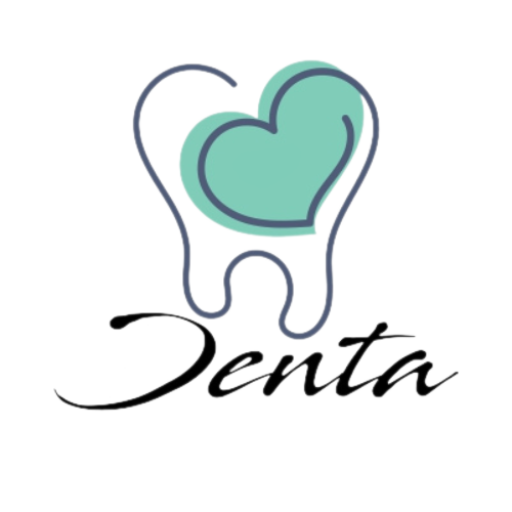A Look at Snoring Treatments
Snoring is a common issue that affects millions of people worldwide. While it may seem harmless at first, frequent or heavy snoring can disrupt sleep, impact relationships, and even signal underlying health conditions such as sleep apnea. If your own efforts to stop snoring do not help, it is important to consult your physician or an otolaryngologist (ear, nose, and throat specialist). In some cases, your dentist may also play a role by recommending oral appliances designed to reduce snoring.
Fortunately, a variety of treatments exist — ranging from lifestyle changes to specialized medical procedures. Below, we’ll explore the most common snoring treatments available today.
Continuous Positive Airway Pressure (CPAP)
One of the most effective and widely prescribed treatments for both snoring and sleep apnea is Continuous Positive Airway Pressure (CPAP). This method involves sleeping with an air mask connected to a small machine that delivers steady airflow into the throat.
By maintaining continuous air pressure, CPAP prevents the collapse of airway tissues, thereby eliminating the vibrations that cause snoring. While some patients find it uncomfortable at first, CPAP is considered the gold standard for moderate to severe cases of sleep apnea and chronic snoring.
Oral Devices and Dental Appliances
Another common treatment option involves oral appliances or lower jaw positioners. These custom-made devices are typically provided by dentists specializing in sleep medicine. They work by repositioning the lower jaw or tongue during sleep to keep the airway open.
- Mandibular advancement devices (MADs): Bring the jaw slightly forward to reduce airway obstruction.
- Tongue-retaining devices: Hold the tongue in place to prevent it from falling back into the throat.
Most devices fit comfortably inside the mouth, though some models are worn around the head and chin to maintain proper jaw alignment. Many people with mild to moderate snoring see significant improvement with these devices.
Surgical Options
For those with severe snoring or structural issues in the airway, surgery may be the best option.
1. Thermal Ablation Palatoplasty (TAP)
TAP includes several techniques designed to remove or shrink tissues in the throat that contribute to snoring and sleep apnea.
- Laser-Assisted Uvula Palatoplasty (LAUP): Uses a laser to vaporize part of the uvula and soft palate. This procedure can be done in the doctor’s office under local anesthesia and is effective for patients with obstructive snoring or mild sleep apnea.
- Radiofrequency Ablation (Somnoplasty): Involves using a needle electrode to shrink tissues in the soft palate, uvula, tongue base, or nasal turbinates. Unlike traditional surgery, this method is minimally invasive and does not require general anesthesia.
2. Uvulopalatopharyngoplasty (UPPP)
This older surgical option removes portions of the uvula and soft palate to enlarge the airway. However, newer laser-based techniques like LAUP have shown higher success rates for many patients.
Lifestyle Changes That Support Snoring Treatments
In addition to medical solutions, many people can reduce or eliminate snoring with simple lifestyle adjustments:
- Weight management: Losing excess weight reduces fat deposits around the throat and decreases airway obstruction.
- Sleep position: Sleeping on your side instead of your back can reduce snoring episodes.
- Avoiding alcohol and sedatives: These substances relax throat muscles, increasing the likelihood of airway collapse.
- Good sleep hygiene: Getting enough rest and sticking to a consistent sleep schedule can minimize snoring.
Choosing the Right Treatment
The best snoring treatment depends on the severity of the condition, its underlying cause, and personal comfort. For mild snoring, oral appliances and lifestyle adjustments may be enough. For more severe cases linked to sleep apnea, CPAP or surgery may be necessary.
According to many experts, while conservative measures may help in cases of mild snoring, surgically correcting obstructive conditions in the nose, pharynx, or uvula may be the only long-term solution for heavy snorers.
